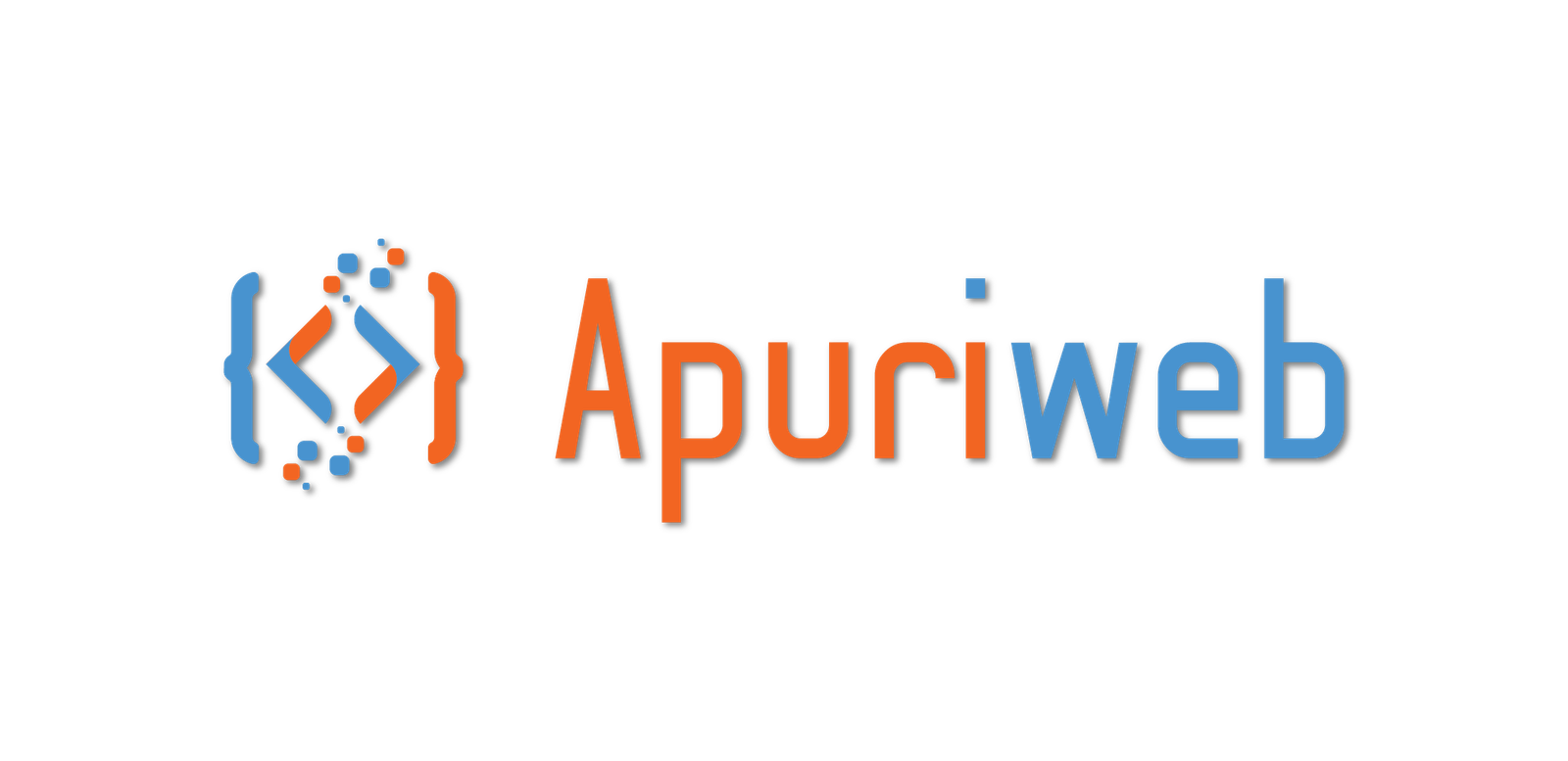
Backend technologies refer to the technologies and frameworks used to build the server-side logic and infrastructure of a website or application. These technologies handle tasks such as processing requests, accessing databases, performing business logic, and generating responses to be sent back to the client. Here are some commonly used backend technologies:
Server-side programming languages:
- Node.js: Node.js is a JavaScript runtime that allows developers to run JavaScript on the server side. It is built on the V8 JavaScript engine and provides an event-driven, non-blocking I/O model, making it efficient for handling concurrent requests.
- Python: Python is a versatile and widely-used programming language that offers various frameworks and libraries for backend development, such as Django and Flask.
- Java: Java is a popular and powerful language for building scalable and robust backend systems. It has a vast ecosystem of frameworks, such as Spring and Jakarta EE, that provide extensive tools and libraries for enterprise-level applications.
- Ruby: Ruby is a dynamic and expressive language known for its simplicity and productivity. It is often used with the Ruby on Rails framework, which follows the MVC (Model-View-Controller) architecture.
Web frameworks:
- Express.js: Express.js is a minimalistic and flexible web framework for Node.js. It provides a simple and intuitive API for building web applications and APIs, handling routing, middleware, and server-side rendering.
- Django: Django is a high-level Python web framework that follows the MVC pattern. It offers a complete set of tools and features for rapid development, including an ORM (Object-Relational Mapping) for database access, authentication, and a built-in admin interface.
- Ruby on Rails: Ruby on Rails, often called Rails, is a full-featured web framework written in Ruby. It follows the MVC pattern and emphasizes convention over configuration, enabling rapid development and reducing boilerplate code.
- Ruby on Rails: Ruby on Rails, often called Rails, is a full-featured web framework written in Ruby. It follows the MVC pattern and emphasizes convention over configuration, enabling rapid development and reducing boilerplate code.
Databases:
- MySQL: MySQL is a widely-used open-source relational database management system (RDBMS) that provides robust data storage and retrieval capabilities.
- PostgreSQL: PostgreSQL is an advanced open-source relational database known for its reliability, scalability, and extensive feature set.
- MongoDB: MongoDB is a NoSQL document database that stores data in a flexible JSON-like format. It is designed for scalability, high performance, and ease of development.
API frameworks:
- REST (Representational State Transfer): REST is an architectural style that provides guidelines for building scalable and stateless web services. It uses standard HTTP methods (GET, POST, PUT, DELETE) to perform CRUD (Create, Read, Update, Delete) operations on resources.
- GraphQL: GraphQL is a query language and runtime for APIs that allow clients to request specific data and shape the response according to their needs. It provides a flexible and efficient alternative to traditional REST APIs.
Cloud platforms and services:
- AWS (Amazon Web Services): AWS offers a wide range of cloud services, including computing, storage, database, and networking, that can be used to deploy and scale backend applications.
- Google Cloud Platform (GCP): GCP provides a suite of cloud services similar to AWS, allowing developers to build and deploy backend applications on Google’s infrastructure.
- Microsoft Azure: Azure is Microsoft’s cloud computing platform that offers various services and tools for building, deploying, and managing backend applications.
These are just a few examples of backend technologies, and the choice of technology often depends on factors such as project requirements, team expertise, scalability needs, and performance considerations.
